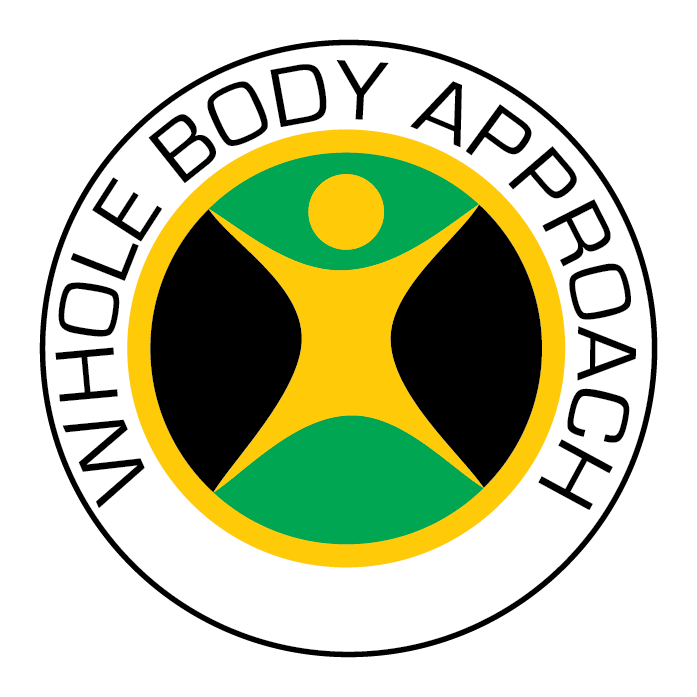Getting Back Into the Gym: Tips for Returning to Exercise After a Long Break
Life happens—whether it’s a busy schedule, an injury, or simply losing motivation, taking an extended break from exercise is more common than you might think. But the good news is that getting back into the gym and restarting your fitness journey is entirely doable. For active adults and restless parents, this guide will help you ease back into your workout routine safely and sustainably.
Why Restarting Your Exercise Routine Matters
Returning to exercise after a long break isn’t just about regaining physical fitness—it’s about reclaiming energy, improving mental health, and setting a positive example for your family. Whether you want to build strength, improve cardiovascular health, or feel better in your skin, starting slowly and consistently is key.
1. Assess Your Fitness Level Before Jumping Back In
Assessing your fitness level is important before starting a full workout program after a break.
Evaluate Your Current Fitness Level
Reflect on how long you’ve been inactive and how your body feels now.
Consider consulting with a personal trainer to establish a baseline for strength, endurance, and mobility.
Set Realistic Goals
Start with small, achievable goals. For example:
Commit to two gym sessions per week.
Walk 10,000 steps daily.
Focus on progress, not perfection.
2. Start Slow: Ease Into Your Exercise Routine
One of the biggest mistakes people make when getting back into the gym is trying to pick up where they left off. This can lead to burnout or injury.
Begin with Low-Intensity Workouts
Opt for light cardio sessions like walking, cycling, or swimming.
Incorporate bodyweight exercises like squats, push-ups, and planks to rebuild foundational strength.
Gradually Increase Activity Levels
Follow the “10% rule”: increase workout intensity or duration by no more than 10% per week.
Alternate strength training and cardio to give your body time to recover.
3. Build Strength Safely with Strength Training
Strength training is crucial for rebuilding muscle and improving overall fitness after a long break.
Start with Bodyweight or Light Weights
Focus on exercises like lunges, squats, and push-ups.
Use resistance bands or light dumbbells before progressing to heavier weights.
Incorporate Compound Movements
Compound exercises like deadlifts, bench presses, and rows target multiple muscle groups simultaneously, maximising workout efficiency.
4. Create a Sustainable Workout Programme
Consistency is more important than intensity when restarting an exercise routine.
Plan Your Week
Schedule specific days and times for workouts.
Include rest days to allow your body to recover.
Mix It Up
Try different activities like yoga or Pilates to improve flexibility and balance.
Join group classes for added motivation and accountability.
5. Prioritise Recovery and Nutrition
Your body needs extra care as it adapts to increased activity levels.
Warm Up and Cool Down
Spend 5–10 minutes warming up with dynamic stretches before workouts.
Cool down with static stretches to improve flexibility and reduce soreness.
Fuel Your Body
Eat balanced meals rich in protein, healthy fats, and complex carbs.
Stay hydrated before, during, and after workouts.
6. Stay Motivated: Tips for Long-Term Success
Sticking to a new routine can be challenging without the right mindset and support system.
Track Your Progress
Use fitness apps or journals to log workouts and celebrate milestones.
Find Joy in Exercise
Choose activities you genuinely enjoy—dancing, hiking, or weightlifting.
Lean on Your Support System
Work out with friends or family members for accountability.
Consider hiring a personal trainer for guidance and encouragement.
Conclusion: Take It One Step at a Time
Returning to the gym after a long break doesn’t have to be overwhelming. By starting slow, setting realistic goals, and prioritising recovery, you can rebuild your fitness level safely and sustainably. Remember: progress takes time—be patient with yourself and celebrate every small victory!
FAQ: Common Questions About Returning to Exercise
1. How soon can I return to my pre-break fitness level?
This depends on how long you’ve been inactive. Generally, it takes about half your break time to regain previous fitness levels if you’re consistent.
2. What should I do if I feel sore after my first workout?
Muscle soreness (DOMS) is typical when restarting exercise. Stretching, hydration, light movement (like walking), and adequate rest can help alleviate discomfort.
3. Should I consult a doctor before returning to exercise?
If you suffered an injury or medical condition during your break, consult a healthcare professional before resuming workouts.
4. How many days per week should I work out initially?
Start with moderate activity 2–3 days per week and gradually add more as your body adjusts.
5. Can I return to high-intensity workouts right away?
It’s best to avoid high-intensity sessions initially as they can increase injury risk. Build up gradually over several weeks.

